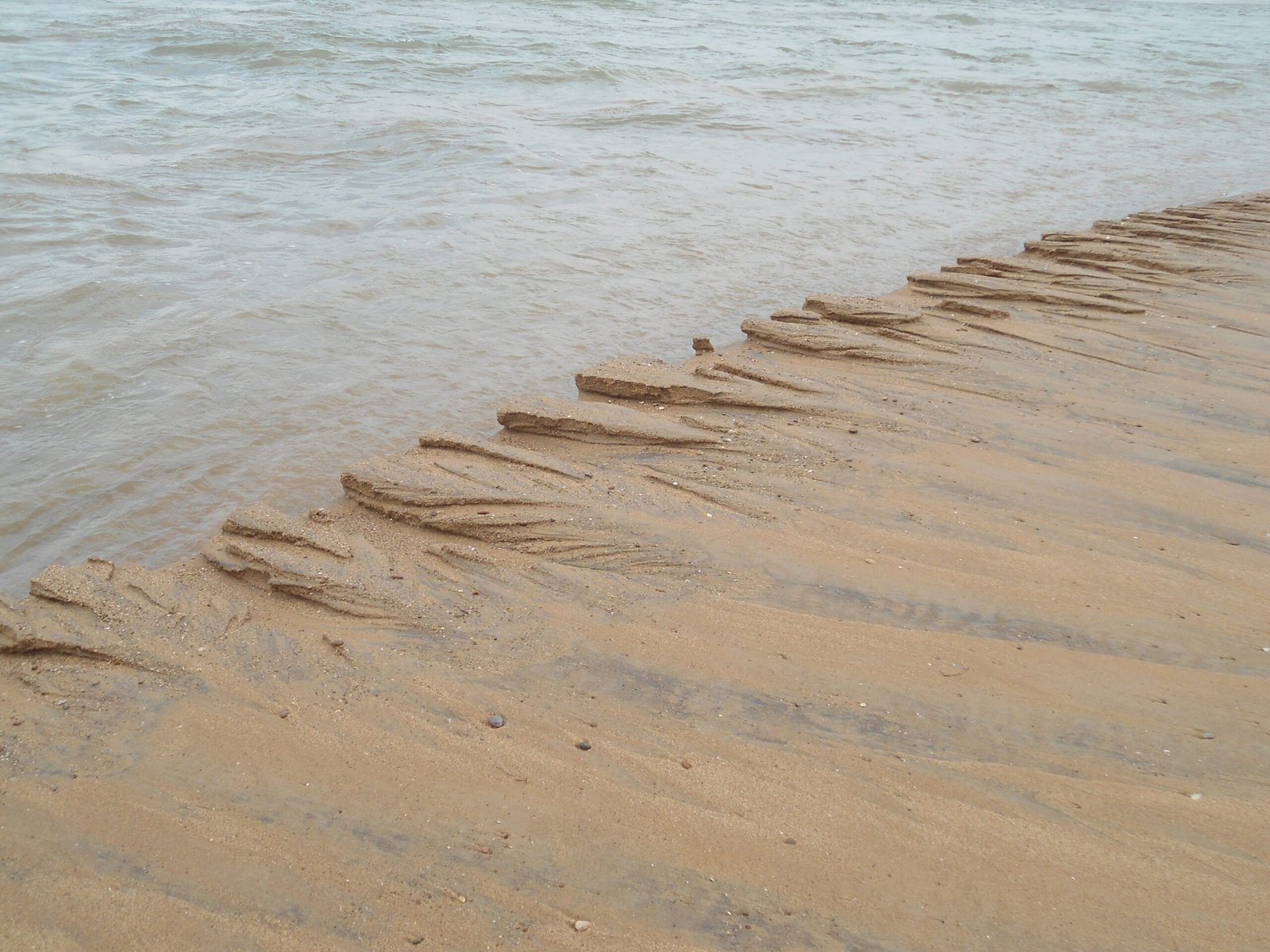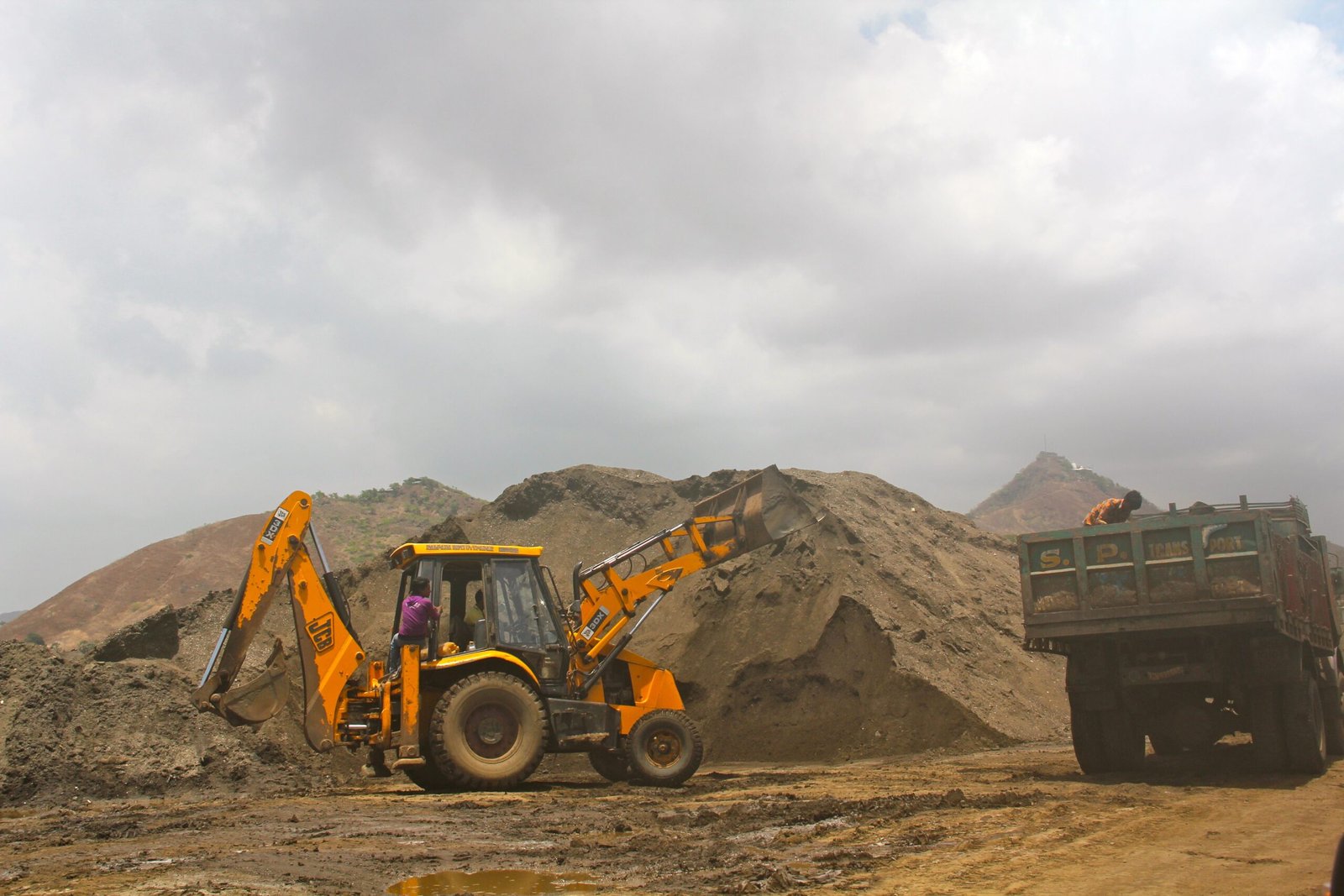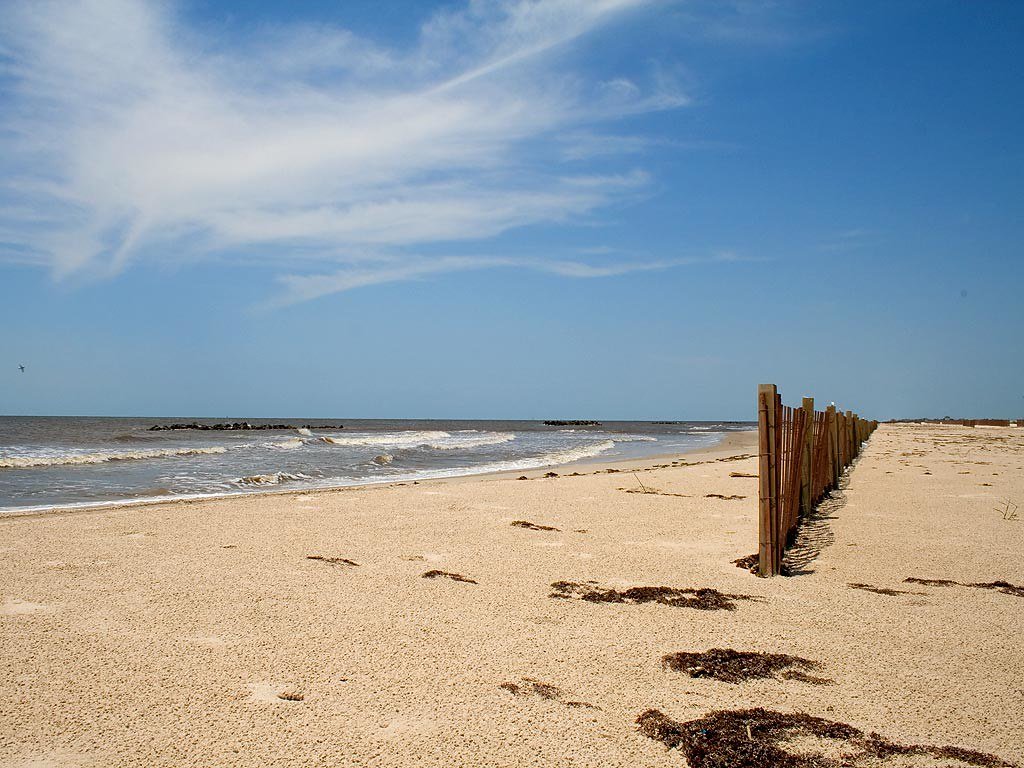The world’s beaches are vanishing, not simply because of rising seas or natural erosion, but because of something far more shocking—sand theft. Picture the soft sands beneath your feet during a beach vacation, the endless dunes shimmering in the sun, or the concrete jungles of our cities. Most people don’t realize that sand, the very stuff we build our roads, homes, and skyscrapers from, is disappearing at a frightening pace. The reason? A hidden, global crisis fueled by illegal sand mining. This environmental crime is not only devastating coastlines and fragile habitats but is also destroying communities and fueling violence in ways most never imagine. Few crimes are as invisible, as urgent, and as misunderstood as the theft of sand.
The Silent Disappearance of Sand

It’s easy to take sand for granted. After all, it seems endless—stretching across deserts, lining riverbeds, and forming our beloved beaches. But the truth is, sand is a finite resource, and the world is running out of it. Each year, humanity uses more sand than any other natural resource except water. This insatiable demand has led to an underground world of sand mafias, black markets, and illegal dredging operations, stripping landscapes bare and leaving nature—and people—reeling from the loss.
Why Sand Matters More Than You Think
Sand is the unsung hero of modern civilization. It forms the backbone of concrete, glass, asphalt, and even computer chips. Without sand, our cities would crumble and our digital world would collapse. Yet, not all sand is equal. Desert sand, shaped by the wind, is too smooth for construction. Builders need the rough, angular grains found in riverbeds, lakes, and beaches. This drives a relentless hunt for the right type of sand, often leading to theft from the very places that need protection the most.
How Sand Theft Fuels Environmental Chaos
When sand is stolen from riverbanks, beaches, or sea floors, the consequences are immediate and dramatic. Entire stretches of coastline can disappear overnight, robbing communities of their natural defenses against storms and floods. Rivers lose their shape, becoming prone to erosion and flooding, while aquatic habitats are destroyed. The removal of sand disrupts delicate ecosystems, leading to the collapse of fish populations and the loss of biodiversity. In some regions, people have watched in horror as their homes and farmlands are swallowed by encroaching waters, victims of an unseen crime.
The Global Reach of Sand Mafias

The illegal sand trade is not a small-time operation. In countries like India, Kenya, and Indonesia, powerful cartels known as “sand mafias” control the extraction and distribution of sand. These groups often operate with impunity, bribing officials, threatening activists, and using violence to maintain their grip. Journalists and environmentalists who try to expose sand theft have faced intimidation and even murder. The profits are staggering, sometimes rivaling those of drug trafficking, making sand theft one of the most lucrative and dangerous environmental crimes on the planet.
Urbanization and the Ever-Growing Demand for Sand
As cities expand and infrastructure projects boom, the appetite for sand skyrockets. Mega-cities like Dubai and Shanghai are built on foundations of sand—literally. Even ordinary homes, schools, and roads require vast quantities. The construction industry, hungry for resources, often turns a blind eye to where sand comes from, fueling the illegal trade. In some places, entire islands have been flattened to meet the demand. This relentless urbanization places even more pressure on dwindling sand reserves, pushing the crisis to new extremes.
Impact on Local Communities
For many coastal and riverine communities, sand is more than a construction material—it’s a source of life. When sand is stolen, livelihoods vanish. Fishermen lose their catch as habitats are destroyed. Farmers face increased flooding and soil erosion. Local tourism collapses when beaches are stripped bare. Some families have been forced to abandon their homes as the land beneath them literally disappears. The social cost is immense, yet these stories rarely make headlines.
Ecological Consequences Beyond the Shore
The loss of sand does not stop at the water’s edge. It sets off a cascade of ecological disruptions. Birds lose their nesting grounds, turtles can’t lay their eggs, and wetlands—nature’s own flood barriers—are eroded away. The delicate balance of coastal ecosystems is thrown into chaos, often with irreversible consequences. Scientists warn that continued sand theft could accelerate the loss of species and habitats already teetering on the brink.
Sand Theft and Climate Change: A Dangerous Synergy
Climate change is already threatening coastal regions with rising seas and stronger storms. The illegal removal of sand makes these threats even worse. Without natural barriers, communities are left exposed to the full force of nature. Flooding becomes more common, and recovery from disasters takes longer and costs more. In effect, sand theft acts as a dangerous amplifier, turning climate risks into full-blown catastrophes.
Efforts to Combat Sand Theft
Some countries are waking up to the crisis and cracking down on illegal sand mining. New regulations, better enforcement, and alternative materials are being explored. Community-driven conservation projects are restoring beaches and riverbanks. However, fighting the sand mafias is no easy task. It requires international cooperation, strong laws, and public awareness to truly make a difference. Some scientists are also developing synthetic alternatives to natural sand, hoping to ease the burden on fragile environments.
What Can We Do?
Ordinary people can make a difference by supporting sustainable construction, demanding transparency in building materials, and raising awareness about the hidden costs of sand theft. Choosing to travel to beaches that are protected and well-managed, or simply spreading the word about this overlooked crime, can help shift the tide. Governments, industries, and individuals all have a role to play in safeguarding the world’s sand for future generations.
The next time you walk along a beautiful beach or see a new building rise, consider what it took to make it possible—and what might have been lost along the way.



